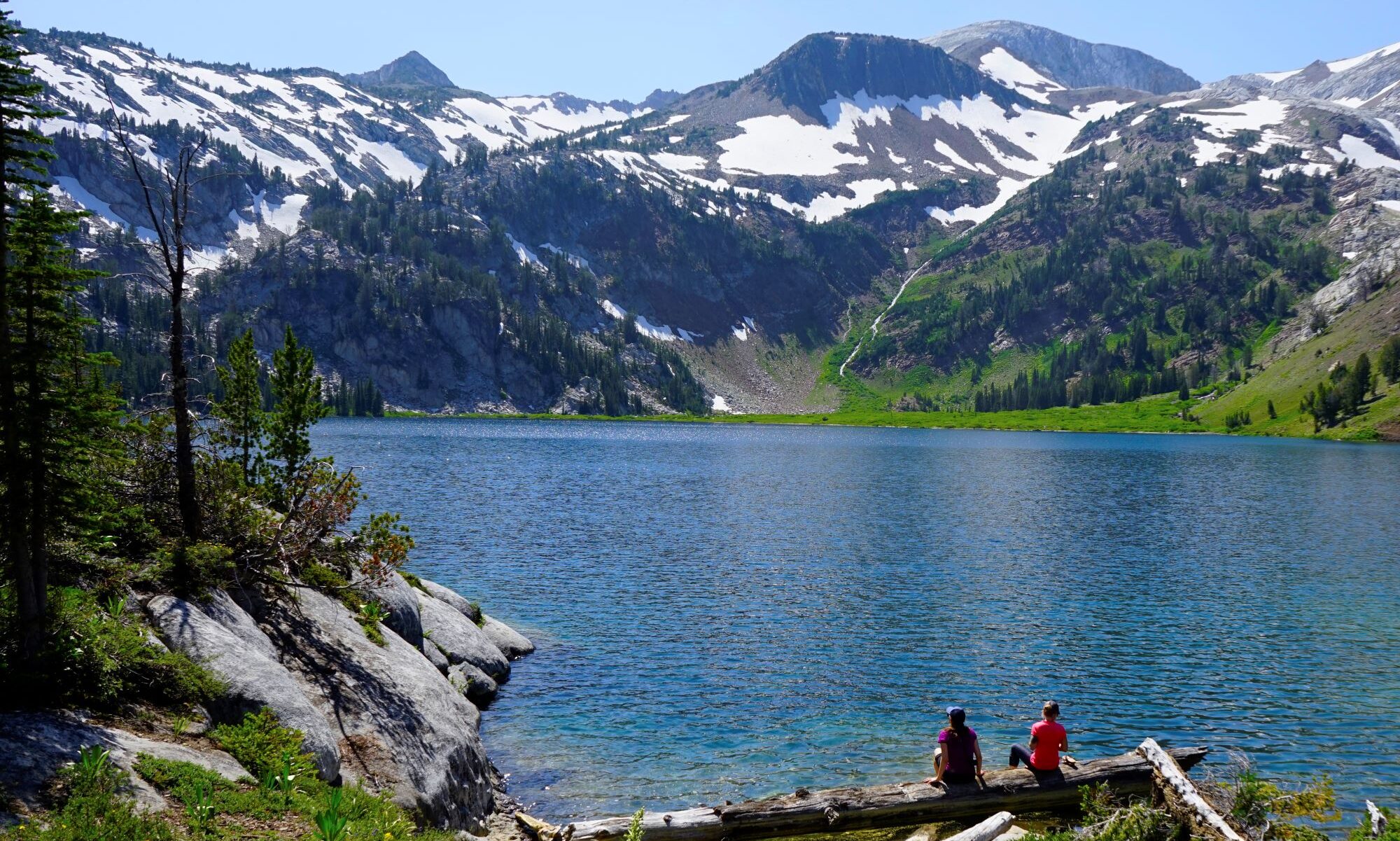by Adam Baylor, Mazamas Stewardship & Advocacy Manager
The scheme to sell off our public lands to the highest bidder is nothing new and the 115th Congress is about to push this devious plot to the next level. To help shed some light on this conspiracy, the following steps reveal how far along we are in a public lands heist.
STEP 1—BUDGET CUTS
Ever since the 1980s, elected officials have gradually destroyed our land management agencies’ budgets under the guise of wanting government to “do more with less.” As a result, nearly each unit of the U.S. Forest Service is underfunded and understaffed. Mt. Hood National Forest (NF) requires about 800 employees to properly manage the forest. Currently, Mt. Hood NF is operating on approximately 200 employees making it difficult to consistently manage all the demands on our natural resources.
In addition to dwindling agency budgets is the problem of wildfire funding. As fires in the West increase in size and duration, USFS and BLM budgets suffer the burden of wildfire fighting. That means federally managed recreation programs are slashed to cover costs and citizen complaints skyrocket.
This systematic decline in agency budgets coupled with wildfire funding problems leaves public lands in a precarious position. Multiuse demands do not go away just because Congress has failed to properly fund our land management agencies. At the end of the day, Congress created this problem so that one solution works: a public lands heist.
STEP 2—CHANGE THE RULES OF FEDERAL LAND TRANSFERS
Wasting no time, the new House of Representatives voted to change the rules on how costs are calculated during federal land transfers to a state. The new rule says that there is no cost associated with the land transfer. By setting the value of our public lands to zero, Congress will have no obstacle in handing over control of millions of acres to state governments. Once this happens states would be responsible to manage the land or sell it.
STEP 3—CUT ALL FEDERAL SPENDING
During the next few years, Congress may decide to make broad cuts in all federal programs which will create a burden on state budgets. For example, healthcare or housing programs that receive federal funding may vanish. In doing so, states will need to pick up the slack in order to continue to provide services to citizens. Suddenly, the prospect of selling off newly transferred federal lands becomes a very appealing cash cow for states to balance their budgets
STEP 4—MAKE NEW LAWS TO TRANSFER (CEDE) FEDERAL LAND TO STATES
The reality is that the new Congress is pretty much like the old Congress. Last year, Republicans in the House and Senate voted unanimously in committee to begin the transfer of federal lands to states. We have also seen an increase in state legislatures or general assemblies attempting to pass legislation to accept federal land transfers. As they say in real estate, you must have a willing seller and a buyer. The good news is that the House of Representatives may pass a land transfer law but it most likely will be blocked in the Senate by a filibuster.
STEP 5—STATES SELL LAND TO PRIVATE COMPANIES
Some people think this step will not happen or that it’s at least 50 years down the road. Whatever the time frame, this is a very real possibility now. It’s important to remember that privatization is not necessarily the worry. Our government delivers goods and services to the people through private companies all the time. Contracting is part of privatization and while there is fraud, waste and abuse associated with this process, it’s been happening since the founding of the United States. Rather, the true worry is that federal lands could be sold into private ownership. Once that occurs, private landowners will have the right to put up No Trespassing signs as they see fit. That means we could lose a great deal of public access to our favorite places.
STEP 6—DEVELOP RESORTS IN WILDERNESS AREAS, FRACK AND POLLUTE, CLEAR CUT OUR FORESTS
These are but a few of the consequences to selling off public lands. We know that the scheme is real and no longer in the dark. It’s out in the open and Mazamas can help stop it.
CALL TO ACTION—GET OUTDOORS AND TAKE ALL YOUR FRIENDS AND FAMILY
The key to our success will be through recreation and political action. In addition to telling your Member of Congress or State Legislator to oppose the Public Lands Heist, make a commitment to get outside more and share that experience with everyone you know.
We have joined the Outdoor Alliance to collectively fight this battle with other human-powered recreation groups. It will be up to us to rally the support of the mountaineering, rock climbing, ice climbing, backpacking and hiking communities throughout Oregon and parts of Washington to stop the public lands heist.






